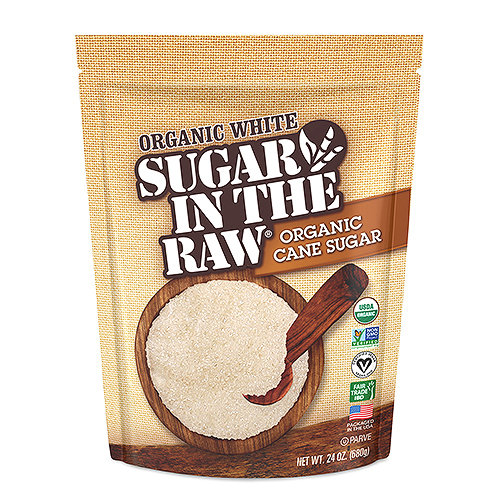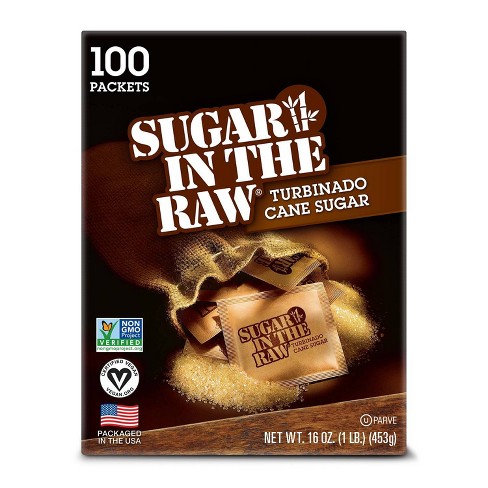Reliable Cane Sugar Processing: Making The Most Of Return and Purity
Reliable Cane Sugar Processing: Making The Most Of Return and Purity
Blog Article
An In-Depth Guide to the Ecological Impact and Sustainability Practices in Walking Cane Sugar Handling
The environmental influence of walking cane sugar handling presents an intricate array of challenges that warrant careful assessment. From soil deterioration and extreme water usage to the carbon impact connected with farming and manufacturing, the repercussions of traditional methods are far-ranging. What details techniques can be implemented to strike a balance between productivity and ecological stewardship?
Overview of Walking Stick Sugar Handling
Cane sugar processing entails a collection of methodical actions that change sugarcane right into polished sugar. Initially, gathered sugarcane is transported to processing centers, where it undertakes cleaning up to get rid of soil and particles. Following this, the walking stick is squashed to draw out juice, which is after that cleared up by getting rid of impurities via heating and the enhancement of lime.
The cleared up juice goes through evaporation, where water is eliminated to focus the sugar content. This concentrated syrup is then crystallized through cooling, permitting sugar crystals to create. These crystals are separated from the staying syrup utilizing centrifugation, leading to raw sugar. To attain refined sugar, the raw item undertakes more purification processes, which may include filtering and washing to remove continuing to be impurities and color.
The end product is after that dried out and packaged for distribution. Throughout this entire process, maintaining efficiency and top quality control is important to guarantee the sugar fulfills sector standards. Each action in walking cane sugar handling not just adds to the final item however additionally has implications for resource usage and waste generation, establishing the stage for discussions on sustainability and environmental impacts linked with sugar manufacturing.
Ecological Challenges of Production
The manufacturing of cane sugar offers several substantial environmental difficulties that warrant interest. One primary concern is the considerable use agrochemicals, consisting of fertilizers and chemicals, which can cause soil degradation, biodiversity loss, and contamination of local water sources. The drainage from sugarcane fields commonly carries these chemicals right into close-by ecosystems, interrupting water life and impacting the wellness of neighborhoods reliant on these water bodies.
An additional difficulty is the high power intake connected with sugarcane handling. The boiling and refining stages require substantial warm, mainly created by melting nonrenewable fuel sources, adding to greenhouse gas emissions. Additionally, the extensive acreage needed for sugarcane growing can result in deforestation and habitat devastation, further worsening environment adjustment and harmful wildlife.
Additionally, the labor techniques in some regions raise honest issues, as employees may encounter inadequate working problems and poor salaries. This circumstance typically bolsters a cycle of poverty in local areas. Cane Sugar Processing. Attending to these ecological difficulties is critical for establishing more lasting methods in walking stick sugar manufacturing, ultimately benefiting both the environment and the areas associated with this industry
Water and Land Use Influence
Water resources and land usage are vital parts in the cane sugar industry that significantly impact the atmosphere. The cultivation of sugarcane needs substantial water input, with estimates recommending that it can take in as much as 2,000 litres of water per kilo of sugar generated. This extensive use water usually results in deficiency of neighborhood water sources, impacting not only the sugarcane vineyards however also bordering communities and neighborhoods that count on the very same water resources for farming and residential usage.

Additionally, land usage for sugarcane farming can bring about deforestation and the conversion of natural habitats into monoculture ranches. This technique diminishes biodiversity, interrupts local communities, and adds to dirt deterioration. The growth of sugarcane areas typically trespasses on useful agricultural land, developing competitors for resources in between food and biofuel production.
Lasting methods, such as enhancing watering strategies and carrying go now out crop rotation, are necessary to alleviate these influences. By adopting more efficient water usage and land administration techniques, the walking cane sugar sector can lower its environmental impact, ensuring an equilibrium in between farming performance and ecological preservation.
Greenhouse Gas Emissions
Greenhouse gas discharges stand for a significant environmental problem within the walking stick sugar processing industry, particularly as agricultural practices broaden to meet global need. The growing of sugarcane, a plant that thrives in tropical environments, relies heavily on synthetic plant foods and pesticides, which add to nitrous oxide exhausts. In addition, land-use modifications, including deforestation for brand-new sugarcane haciendas, release co2 saved in greenery and dirt.
During handling, power usage is one more significant source of greenhouse gas exhausts - Cane Sugar Processing. Numerous sugar mills use fossil gas to power equipment and produce warm, causing considerable carbon impacts. Additionally, the transport of raw sugarcane and completed items adds layers of exhausts with fuel burning in automobiles
The cumulative impact of these discharges aggravates environment adjustment, positioning risks not just to the setting yet likewise to the long-lasting practicality of the sector. Stakeholders should identify the immediate need for comprehensive strategies that address these emissions. This involves assessing current agricultural practices, processing approaches, and transportation systems to determine areas for enhancement and reduction. Attending to greenhouse gas exhausts is essential for fostering a more lasting walking cane sugar market in a transforming environment.

Lasting Practices and Innovations
Lasting practices and innovations are increasingly important in the cane sugar processing market as stakeholders look for to reduce ecological impacts while maintaining productivity. One considerable innovation is the implementation of integrated crop management, which optimizes resource use by incorporating soil monitoring, bug control, and crop turning strategies. This strategy improves yield while minimizing chemical inputs and preserving dirt health.
In addition, the adoption of renewable power resources, such as biomass from sugarcane residues, has actually gained grip - Cane Sugar Processing. By transforming waste products into energy, refining centers can decrease their reliance on nonrenewable fuel sources, thereby decreasing greenhouse gas exhausts
Water management methods have actually also seen improvements straight from the source via the recycling and reusing of water in handling plants, significantly lowering freshwater intake. Innovations in innovation, such as precision farming, make it possible for farmers to check plant wellness and source usage a lot more successfully, ensuring sustainable cultivation methods.
Moreover, certification programs like Fair Trade and Rain forest Alliance encourage eco accountable farming methods and advertise social equity within the supply chain. By accepting these lasting practices and developments, the walking cane sugar processing market can boost its durability and contribute positively to environmental stewardship.
Verdict
The ecological impact of cane sugar handling presents significant challenges, consisting of dirt destruction, high water usage, and greenhouse gas exhausts, together with ethical worries connected to labor methods. Resolving these concerns via lasting practices, such as incorporated crop management, renewable resource fostering, and water recycling, is necessary. By advertising socially fair and eco accountable methods in sugar production, the market can reduce its damaging results, guaranteeing an extra lasting future for both ecological communities and communities associated with this sector.
Cane sugar processing involves a collection of methodical actions that change sugarcane into polished sugar. Each step in walking cane sugar processing not just adds to the last item yet additionally has ramifications for source use and waste generation, setting the stage for discussions on sustainability and environmental impacts associated with sugar production.
Greenhouse gas emissions represent a considerable ecological concern within the cane sugar handling market, specifically as agricultural practices broaden to satisfy worldwide need.Sustainable practices and developments are progressively essential in the walking cane sugar handling industry as stakeholders look for to lower environmental effects while maintaining efficiency.The environmental influence of walking cane sugar processing provides significant difficulties, consisting of dirt destruction, high water usage, and greenhouse gas discharges, together with ethical problems related see page to labor techniques.
Report this page